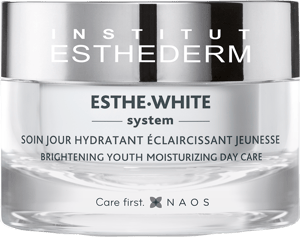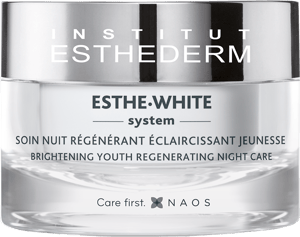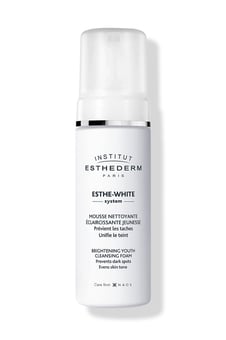What is it?
Peptide.
What’s the point?
Contributes to the Global Cellular Protection patent.
This patented complex optimises the skin’s biological protection mechanisms, in particular its antioxidant properties and ability to protect cellular DNA.
Contributes to the Time Control System patent.
This patented complex reactivates the production of cellular energy and fights against excess oxidative stress.
How do you get it?
Component naturally found in the skin, obtained by synthesis.
To select an ingredient, NAOS can call on synthesis in order to:
- reconstitute a natural molecule without having to extract it from a plant and thus better respect biodiversity,
- obtain a pure, perfectly defined ingredient.















